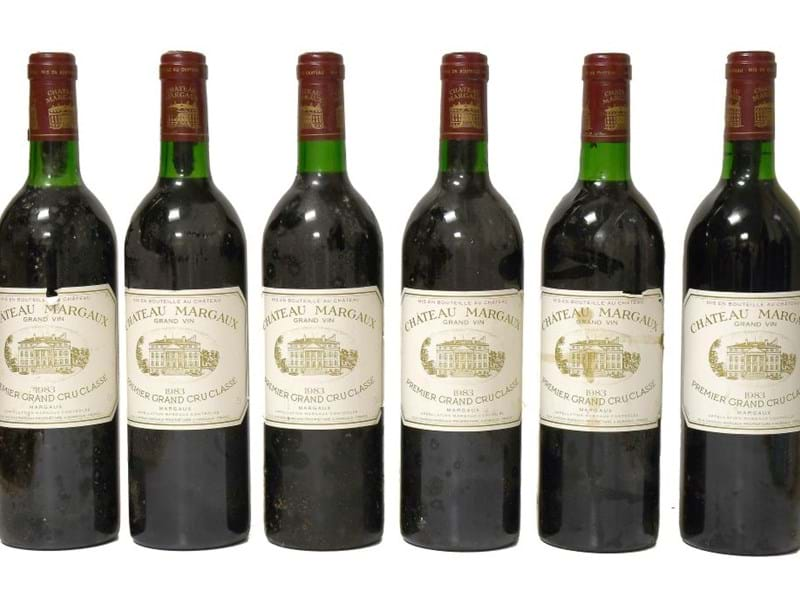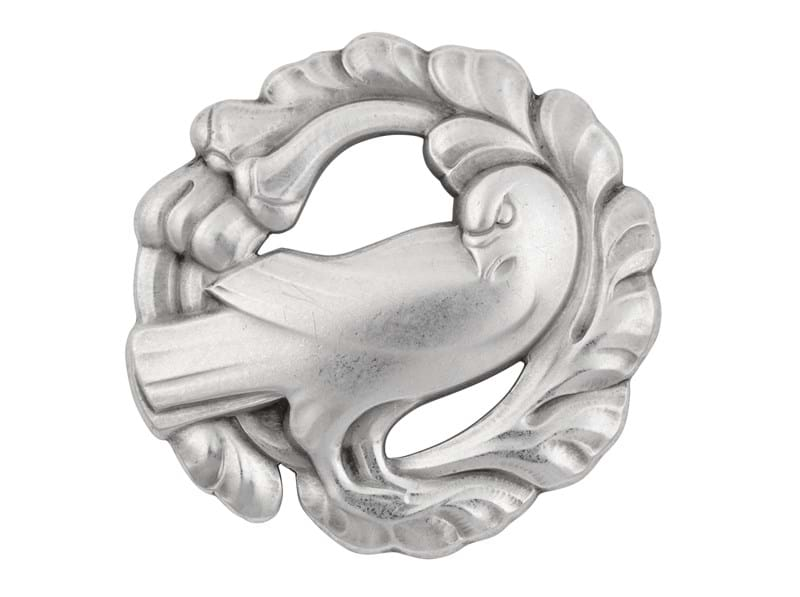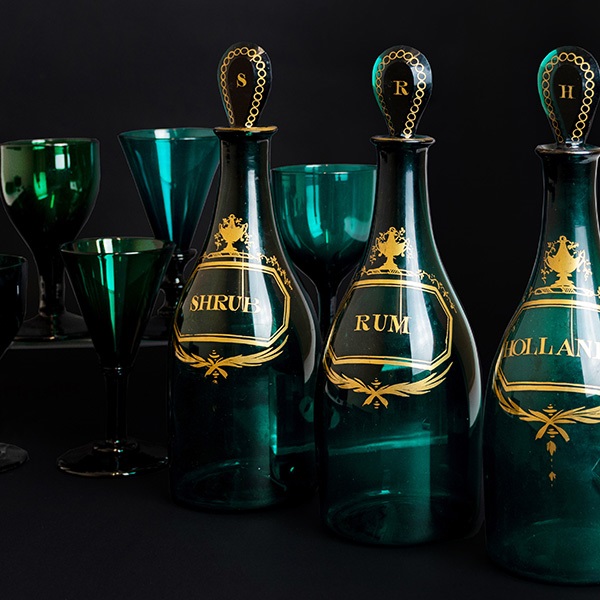The outstanding collection of Middlesbrough and Linthorpe Pottery assembled over a lifetime by Middlesbrough-born Dr John C. Yule will be sold in on 2nd March in the 20th Century Design Sale at Tennants Auctioneers, Leyburn.
An avid collector, Dr Yule put together an academic collection of Middlesbrough pottery, which includes examples from across the pottery’s history. Deeply knowledgeable on his subject, he collected by pattern and accumulated pieces with every variation of the pottery’s stamp as well as unusual and unique pieces. Notable pieces in the collection include three plates commemorating the casualties of a Barnsley mining disaster, a Middlesbrough Pottery Cup and Saucer commemorating the establishment in 1855 of the ‘Middlesbro Weekly News and Cleaveland Advertiser’, and an oversize Country House slop pail.
The bulk of the collection will be sold in group lots with estimates starting at £70 plus buyer’s premium, perfect for those interested in starting a collection of work by this fascinating pottery.
Amongst over 100 Linthorpe pottery pieces in the sale are numerous examples of designs by the renowned Christopher Dresser including a rare 1880 Sake Bottle, on offer with an estimate of £500-800.
THE COLLECTOR: DR JOHN YULE
John Charles Yule was born in Middlesbrough in 1946, where he attended Acklam Hall Grammar School before going on to study medicine at Newcastle University in 1963. After qualifying, he worked successively at Carlisle and Dryburn Hospitals, until he joined the Medical Practice Group in Meadowfield, County Durham, in 1973.
Kind and infinitely patient, John was a dedicated GP until he began a well-earned retirement in 2009. Beyond medicine and the care of his patients, John had two great loves, his wife Margaret and his collections.
John collected widely, with great scholarship and discernment, from books to antique bottles, to assembling reference collections of Middlesbrough and Linthorpe pottery from his hometown. In later years, he and Margaret had the time to attend numerous antiques fairs, and this allowed John to continue searching out fine items for his collections, driven by his enormous enthusiasm and good taste.
John was the author of two scholarly works about antique bottles. His two-volume book Making Headway describes the transfer printed pottery bottles widely used for ginger beer and stout by North Eastern Brewers and Mineral Water companies during the late Victorian period and early 20th century. It also includes a detailed description of how the bottles were manufactured by the various (mainly) Scottish Potteries that made them. Nothing but the Blues represents the first comprehensive catalogue of the now highly collected blue glass mineral water bottles from North East England. Sadly, John died in 2019 and this was followed by Margaret's death after a short illness in 2023.
ABOUT MIDDLESBROUGH POTTERY
Middlesbrough’s first industry was not what many might think. Rather than the iron works, it was the Middlesbrough Pottery company that got the infant town on its feet, increasing the population of the area tenfold in as many years. The brainchild of a Darlington man Richard Otley, the Middlesbrough Pottery Company was formed in 1834. The town provided the perfect location when it came to pottery manufacture: there was no nearby competition, and it was a coal port. Not only was there fuel in abundance, but white clay suitable for pottery making was brought as ballast on the coal ships on their return journeys from the South of England.
Otley was a surveyor for the Darlington and Stockton Railway and was responsible for planning the new town. Having kept an eye out for a suitable plot of land, building of the new pottery commenced in 1834. Construction was rapid, skilled workers were lured from Tyne and Wear and Staffordshire, and by the end of the year the company’s first consignment of earthenware was shipped to Gibraltar. From its conception, the Pottery was ambitious, Otley being determined to produce both practical and beautiful goods. On offer was a range of wares, including lusterware and transfer patterns.
In 1843, Isaac Wilson and his brother John succeeded Otley, rechristening the Pottery as the Middlesbrough Earthenware Company. By the middle of the 1850s the company was thriving. Having changed its name once again to Isaac Wilson & Co., they were recorded in 1854 as having exported an astounding 279,000 pieces of earthenware. Compared to the whole earthenware output of Wearside – which comprised six or seven different manufacturers – who produced an estimated 300,000 pieces in a year, Middlesbrough Pottery was in its heyday.
These successes, however, were relatively short-lived. The expansion of the iron works drew employment away, the Pottery was not fully mechanised, and working conditions were poor. Things went from bad to worse with the overcrowding of burgeoning industrial enterprises such as The Tees Engine and Foundry Company and the Gas Works, all competing for resources and workers. When, in 1879, the well-known Linthorpe Pottery was established, the situation appeared dire, and after half a century the pottery closed its doors in 1887.
The Pottery’s most sought-after produce was its transfer ware, designed for everyday use, in which a detailed design was etched onto a metal plate, before the image was then printed in oil paint onto tissue paper. The tissue was then applied to the pot and transferred before the paper was removed. Whilst some of these engraved designs were produced in-house, most would have been purchased from other potteries and specialist engravers. One of the most popular patterns was the blue and white willow pattern, however, Middlesbrough Pottery also saw some more unique designs. For example, they produced a set of plates featuring with images of a famous caricaturist George Cruikshank, demonising those who drank, made in 1847 for the Temperance League. The company also made higher quality ornamental pieces in fine lustre decoration.
Relatively little is known about Middlesbrough Pottery. Much of its history has been forgotten with only generational accounts remaining. Yet both its role as a pioneer of industry within the city deserves wider recognition. At auction, Middlesbrough Pottery is largely only collected by those in the North East, and as such it is still very affordable.
VIEW SALE




















